Description
-
Fusion Splicing Machine:
-
How it works: Aligns the fiber cores precisely, then uses an electric arc to melt and fuse the fibers together.
-
Pros:
-
Very low signal loss (typically <0.1 dB)
-
Long-lasting and stable connection
-
-
Used in: Backbone and long-haul network installations
-
-
Mechanical Splicing Tool:
-
How it works: Aligns two fiber ends inside a pre-fabricated sleeve with index-matching gel.
-
-
-
Pros:
-
Quick and doesn’t require expensive equipment
-
-
Cons:
-
Higher signal loss (~0.3 dB)
-
Less durable than fusion
-
-
Used in: Emergency repairs and temporary connections
-
🧰 Components of a Fusion Splicing Machine:
-
Fiber holders/clamps: Secure the fiber ends
-
Cleaver: Ensures clean fiber cuts (critical for low-loss splicing)
-
High-precision alignment system: Usually core-alignment or cladding-alignment via cameras and motors
-
Electric arc unit: Heats and fuses the fibers
-
Display: Shows alignment and splice result
-
Heater: Shrinks protective sleeves over the splice
-
-

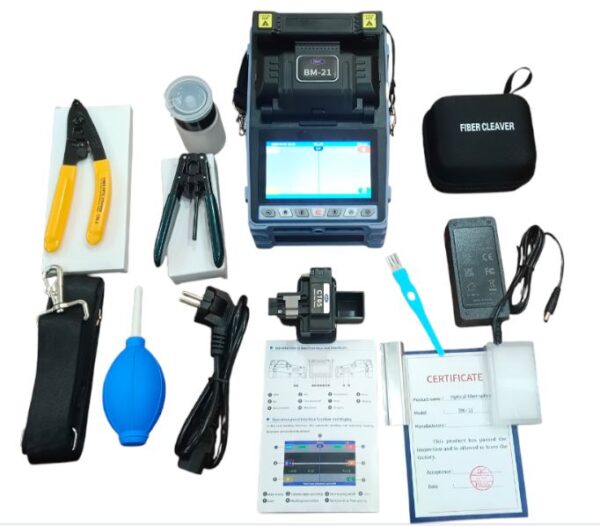
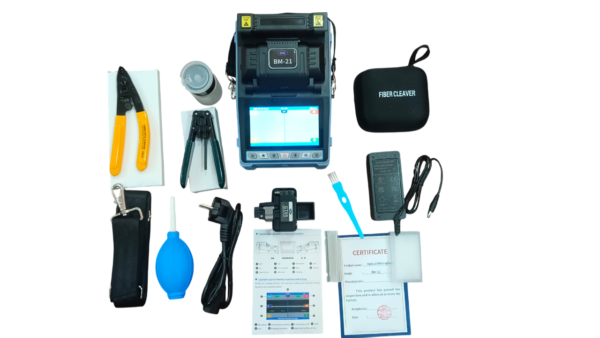





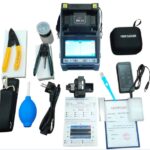





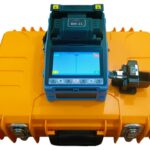

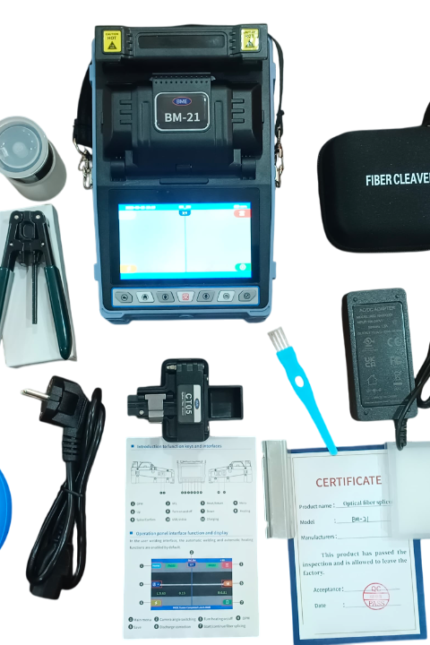


Reviews
There are no reviews yet.